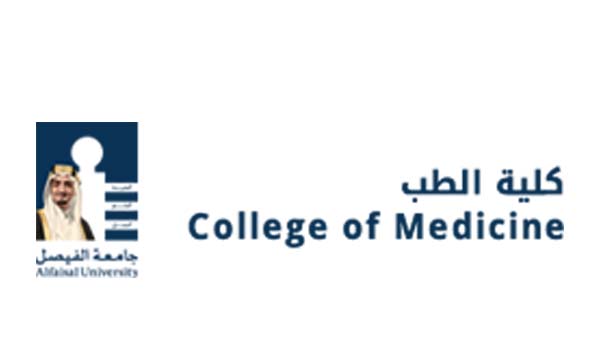Kausik Bishayee1, Khadija Habib1, Uddin Md. Nazim1, Jieun Kang1, Aniko Szabo2, Sung-Oh Huh1* and Ali Sadra1*
We would like to congratulate Dr. Aniko Szabo, Assistant Professor of Anatomy at Alfaisal’s COM, and the whole research team for the important recent publication entitled: “RNA binding protein HuD promotes autophagy and tumor stress survival by suppressing mTORC1 activity and augmenting ARL6IP1 levels” which was published at the Journal of Experimental and Clinical Cancer Research on January 10, 2022; 41(18).
Abstract
Background: Neuronal-origin HuD (ELAVL4) is an RNA binding protein overexpressed in neuroblastoma (NB) and certain other cancers. The RNA targets of this RNA binding protein in neuroblastoma cells and their role in promoting cancer survival have been unexplored. In the study of modulators of mTORC1 activity under the conditions of optimal cell growth and starvation, the role of HuD and its two substrates were studied.
Methods: RNA immunoprecipitation/sequencing (RIP-SEQ) coupled with quantitative real-time PCR were used to identify substrates of HuD in NB cells. Validation of the two RNA targets of HuD was via reverse capture of HuD by synthetic RNA oligoes from cell lysates and binding of RNA to recombinant forms of HuD in the cell and outside of the cell. Further analysis was via RNA transcriptome analysis of HuD silencing in the test cells.
Results: In response to stress, HuD was found to dampen mTORC1 activity and allow the cell to upregulate its autophagy levels by suppressing mTORC1 activity. Among mRNA substrates regulated cell-wide by HuD, GRB-10 and ARL6IP1 were found to carry out critical functions for survival of the cells under stress. GRB-10 was involved in blocking mTORC1 activity by disrupting Raptor-mTOR kinase interaction. Reduced mTORC1 activity allowed lifting of autophagy levels in the cells required for increased survival. In addition, ARL6IP1, an apoptotic regulator in the ER membrane, was found to promote cell survival by negative regulation of apoptosis. As a therapeutic target, knockdown of HuD in two xenograft models of NB led to a block in tumor growth, confirming its importance for viability of the tumor cells. Cell-wide RNA messages of these two HuD substrates and HuD and mTORC1 marker of activity significantly correlated in NB patient populations and in mouse xenografts.
Conclusions: HuD is seen as a novel means of promoting stress survival in this cancer type by downregulating mTORC1 activity and negatively regulating apoptosis.
Keywords: ELAVL4, GRB-10, ARL6IP1, mTORC1, Cancer cell survival
The full article can be accessed through the following link:
https://doi.org/10.1186/s13046-021-02203-2
Congratulations for the great work!














